Lincoln Mall rises on the prairie edge
At the southeast corner of Cicero Avenue and the Lincoln Highway, on sixty acres of former cornfield, Lincoln Mall opened on August 9, 1973, with civic fanfare.
More than five thousand people filed through its doors to see the first fully enclosed shopping mall in Chicago's far south suburbs, nearly three years before Orland Square and while River Oaks, to the north, was still open to the weather.
The project was the work of the Randhurst Corporation, a joint venture of Carson Pirie Scott, Wieboldt's, and Montgomery Ward, which had already built enclosed centers in Mount Prospect and Waukegan.
They hired Victor Gruen, who helped invent the modern mall, to do it again on the prairie. He produced a two-level, million-square-foot interior street anchored by Carson's, JCPenney, Montgomery Ward, and Wieboldt's.
Inside, the air smelled of new drywall and buttered popcorn. The food court filled quickly, and a calendar of seasonal events - back-to-school shows, holiday choirs - staked a claim on family life in Matteson.
The address, 208 Lincoln Mall Drive, briefly sounded like a promise that suburbia, properly climate-controlled, could be perfected.
Boom years, Dixie Square, and busy paychecks
For fifteen years, Lincoln Mall worked just as its designers planned.
The anchor stores brought in shoppers from all over the south suburbs, and smaller shops like shoe stores, card shops, and national chains thrived on the steady flow of people.
Dixie Square Mall, a few miles north in Harvey, never bounced back. Lincoln Mall was the final blow, drawing away both stores and prestige.
By the late 1980s, the mall was no longer new. It had become part of daily life. Every week seemed to turn on whether there was a trip to Ward's for appliances or to Carson's for an Easter outfit.
Many kids got their first jobs there, selling pretzels or folding sweaters under the bright lights.
In 1987, the first real sign of trouble showed up. Wieboldt's, a longtime Chicago store, closed and left one corner of the mall empty.
Weekend shopping continued at first, but things were not the same, and the building was starting to look old.
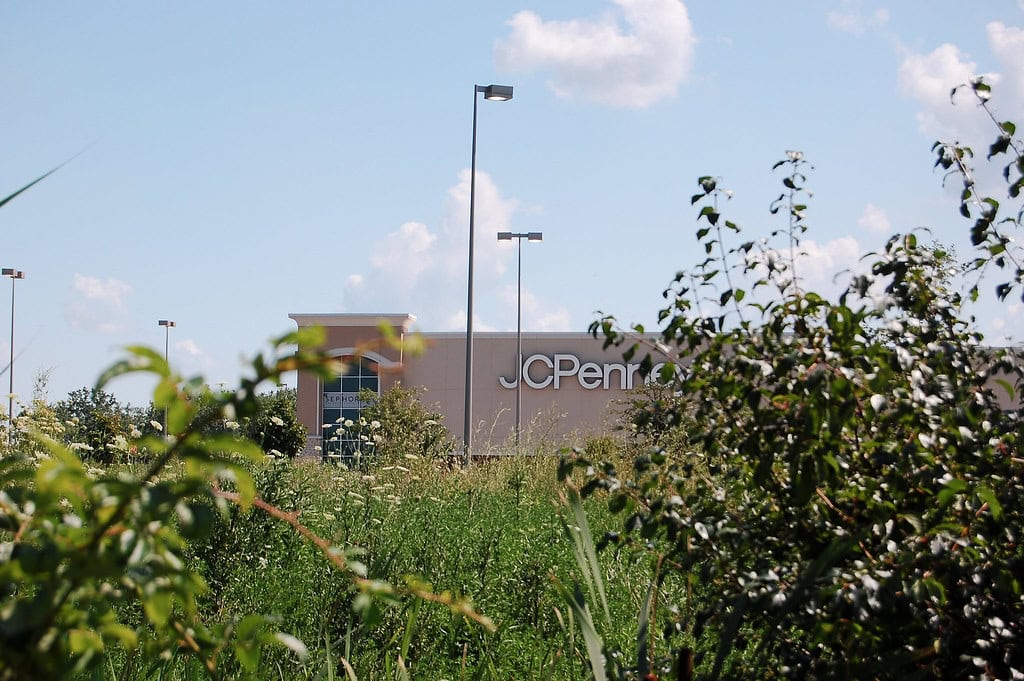
Closures, glass elevators, and empty wings
Shopping changed in the 1990s. In 1991, Walmart and Sam's Club opened across the street. These big stores offered low prices and didn't need fancy windows.
Best Buy opened nearby the following year. Lincoln Mall still seemed busy, but more people started parking in front of the new stores instead.
The mall's management remained hopeful. In 1993, they updated the mall and added a glass elevator in the center.
Two years later, Sears took over the old Wieboldt's space, so all four main stores were back. For a while, it seemed like the mall was doing fine.
But then the main stores began to leave. Montgomery Ward closed its Lincoln Mall location in 1999, before the whole company shut down.
JCPenney left the following year. With two big stores empty, fewer people visited the mall, and the smaller shops left as well.
Waldenbooks became a Bargain Books store, and Sam Goody was replaced by a hip-hop clothing shop. The mall tried to focus on small, independent stores.
Instead of feeling new, though, the mall just seemed to fade. Regulars said it felt more run-down, even though it still had air conditioning.

Grand redevelopment schemes and big boxes
In the mid-2000s, as more stores shut down, local officials and investors searched for a bigger fix. In 2006, they shared a $115 million plan to update the old mall.
The parts of the mall that used to have Montgomery Ward and JCPenney were set to be torn down, along with some old buildings nearby.
In their place, planners drew up plans for a movie theater with several screens and a new four-lane road connecting Cicero Avenue and Lincoln Highway.
The new plan focused on placing large stores in separate locations instead of keeping everything inside one enclosed mall.
In July 2007, Target opened a 126,000 square foot store on its own lot, with its bullseye logo visible from the highway.
JCPenney returned that October with a 104,000 square foot store, also outside the original mall.
The plan sounded promising, with big national stores, new storefronts, and better access. But inside the old mall, many hallways were half empty, showing where stores had closed.
By the early 2010s, shopping habits had already changed because of online shopping and new shopping centers, problems that new roads could not fix.
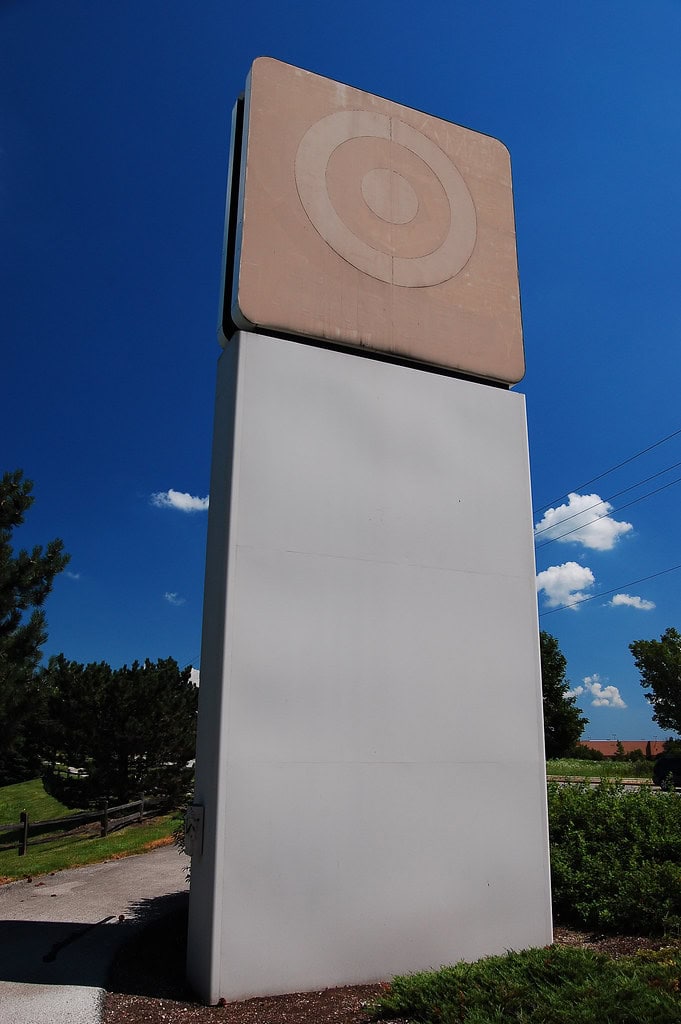
Kohan arrives as the mall's last caretaker
One of the final blows came in 2012 at the Sears store. On May 11, the store started a closing sale. Within weeks, the entire mall was scheduled to be sold at a court-ordered auction on June 1.
That same month, New York investor Michael Kohan bought the mall at that auction for $150,000, a low price that came with millions in unpaid fines and taxes.
Kohan focused on struggling malls. In Ohio, his company managed Woodville Mall as it got worse until it was considered unsafe to use and was sold in 2012.
In Matteson, the same thing happened quickly.
By August 2013, village inspectors had found twenty-five safety and building problems, including exposed wires, a sprinkler system that did not work, blocked fire exits, damage to the building, exposed insulation, and not enough fire protection.
The village president said that repeated efforts to agree on a repair plan had failed.
A judge put daily operations in the hands of a company called Collateral Trustee Inc., and named its president, John Suzuki, to handle emergency fixes while Kohan, who had paid $100,000 to show he was serious, was still officially the owner of a very troubled property.
A court order brought silence, and the lights went out.
By late 2014, optimism had given way to arithmetic.
The receiver calculated what it would take to bring the building back to code: new exits, repaired electrical systems, working air conditioning, and enough staffing to keep them running.
The math did not work. In the fifteen months since the receivership began, Kohan had sent only $100,000 for repairs, maintenance, and payroll.
Rents from the shrinking roster of tenants no longer covered daily operations.
On November 10, 2014, Cook County Judge Thomas Condon ordered Lincoln Mall to close by January 7, 2015.
Only Carson's was allowed to stay open, since its building was owned separately by its parent company. At that time, about eighty to one hundred people still worked in the mall.
The number of tenants had dropped from fifty-six to forty in just over a year, leaving the mall about half full.
For store managers and clerks, the order felt like a notice that they were losing their jobs, just written in legal words.
It was sad for people who depended on their stores for a living, but not surprising in a place where the landlord would not spend money to take care of it.
After forty-one years, the mall that once felt like part of the community was now seen as a dangerous place.
Abandonment, demolition, and anchor afterlife
After the doors shut on January 7, 2015, Lincoln Mall entered the familiar afterlife of dead retail.
For nearly two years, the enclosed mall building sat dark and empty, even as the outparcel stores around it stayed open.
In November 2016, a photographer documented toppled trees, tipped-over carts, smashed storefronts, security gates stuck halfway down, and escalators frozen mid-ride.
The bright pink shell of a former Victoria's Secret glowed in the gloom.
A walkthrough video filmed during the abandonment, traced the lower level past the ruins of the Montgomery Ward wing, by the old Foot Locker, Kay-Bee Toys, and Aladdin's Castle, through the shuttered Sears, along the upper concourse, and into a Carson's backroom turned boneyard of mannequins and fixtures.
Vandalism grew so common that the village hired private security, although guards, locals said, tended to appear only in the afternoon.
By February 2017, a judge had ordered demolition.
Work began on May 8 under a fourteen-week schedule and was largely complete by the end of that summer, with Carson Pirie Scott surgically separated from the structure and more than a million dollars invested to keep it trading.
Target, which had opened in 2007, announced in November 2017 that it would close the following February.
Carson's shut on March 4, 2018; its building was demolished in 2019, leaving JCPenney as the last survivor. That chain put the store up for sale amid bankruptcy in 2020, but it is still open in 2025.
Market Square Crossing and a child-focused turn
Since the mall was torn down, the old Lincoln Mall land has been renamed Market Square Crossing and promoted as a place for shops, homes, offices, and a new town park.
The village now owns all 60 acres, has created tax breaks, and by late 2024 was saying the property was ready for building, even though, as of 2025, no big businesses or construction had started.
One surviving venture is proceeding: the 50,000-square-foot Matteson Children's Museum, unveiled in 2025 and currently penciled in to open sometime in 2028.
It will have interactive exhibits in art, science, engineering, the human body, and music, with a recording studio, and a small park with gardens and play areas connected by a path to the Old Plank Trail.
Lincoln Mall used to draw crowds as a popular indoor shopping spot. Now its future is being put together through smaller, more thoughtful efforts.
Special tax zones, early planning, and the new museum show that people today are drawn less to shopping than to giving their children a place to learn, play, and have fun where escalators once stood.

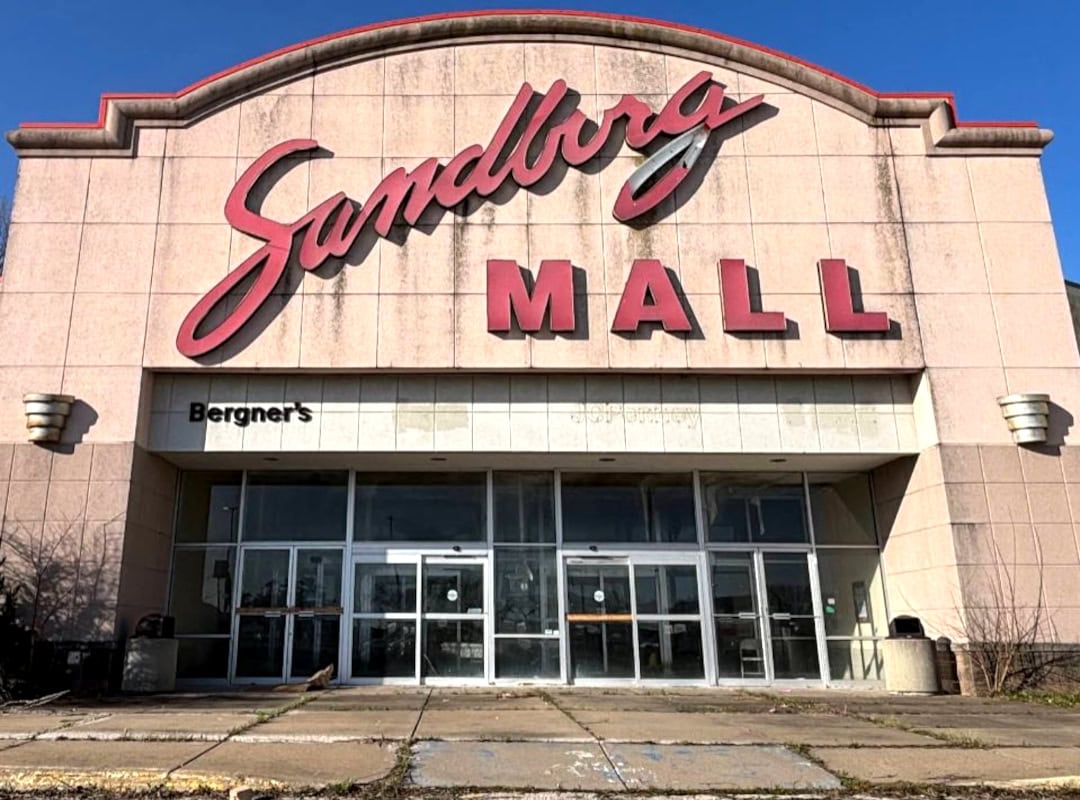

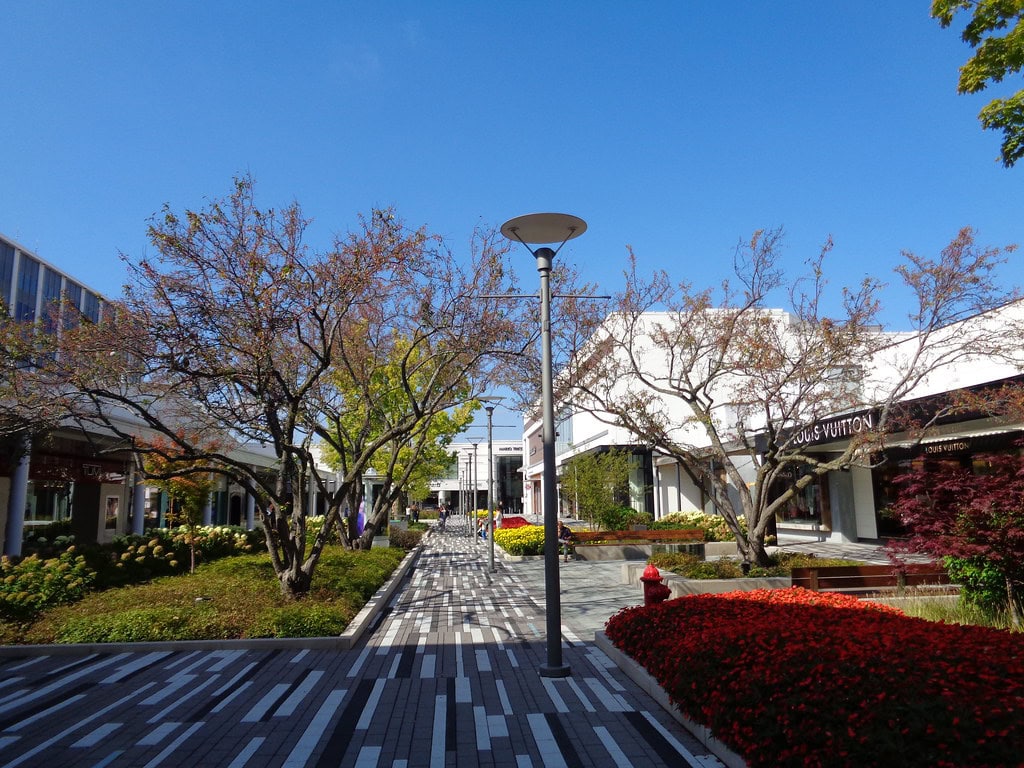
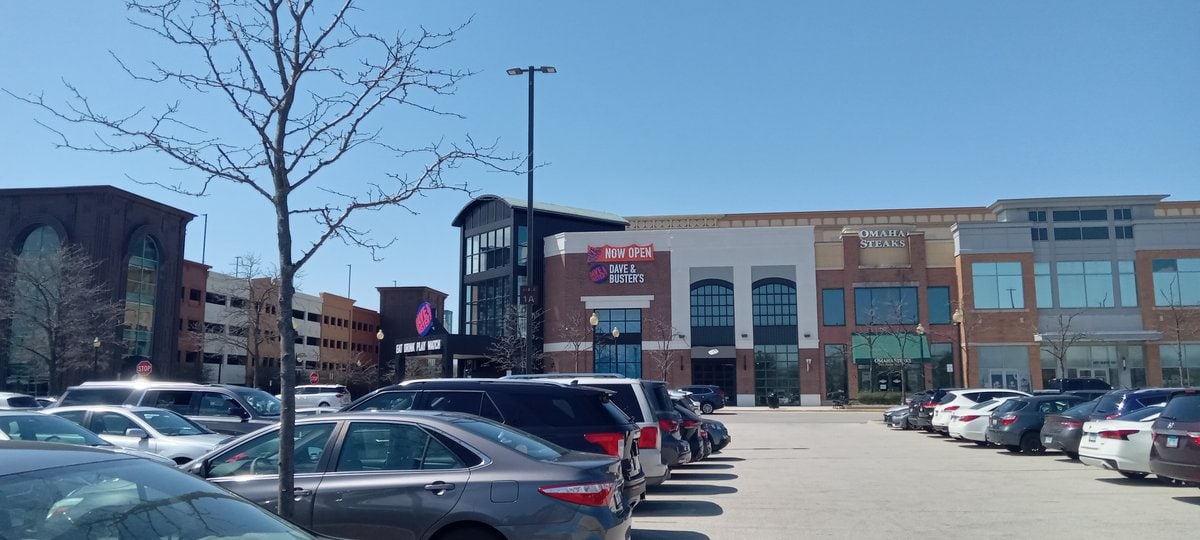

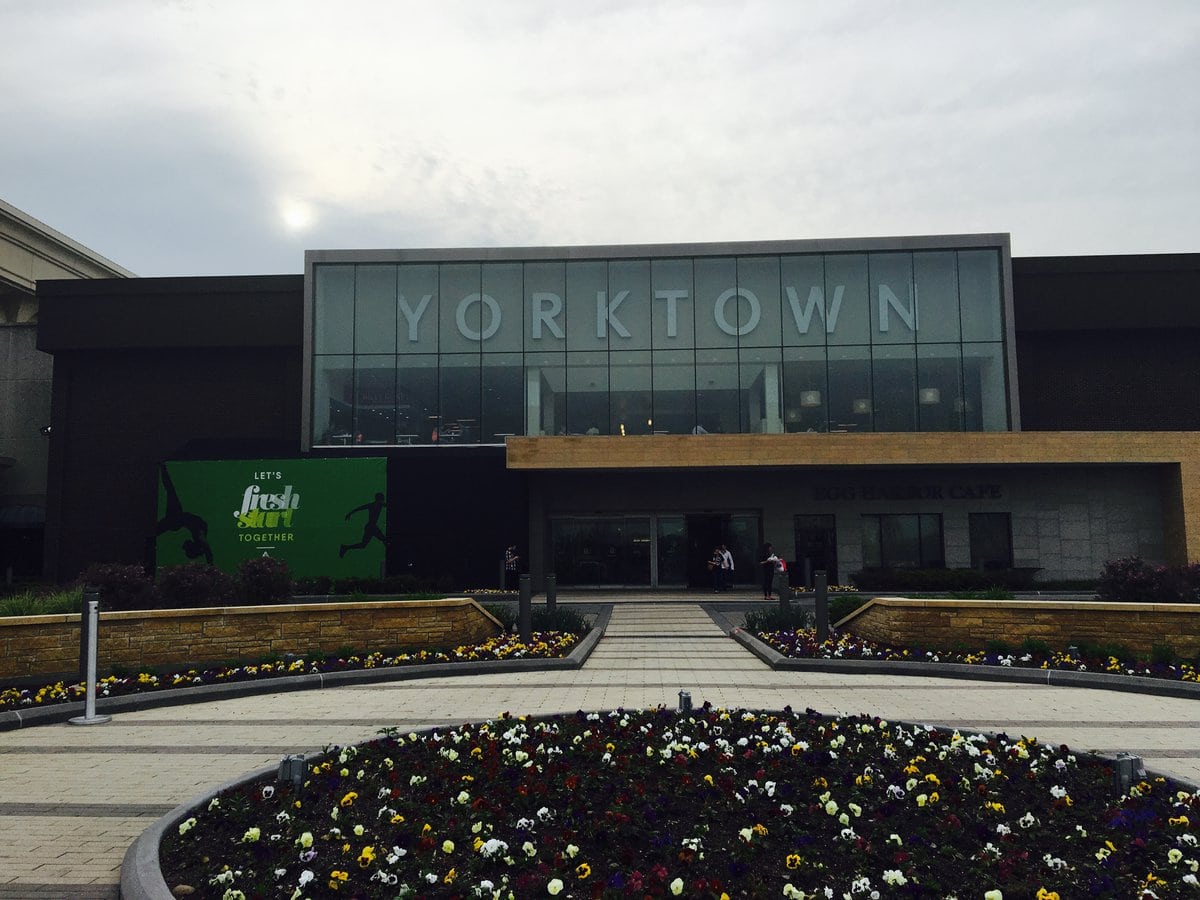


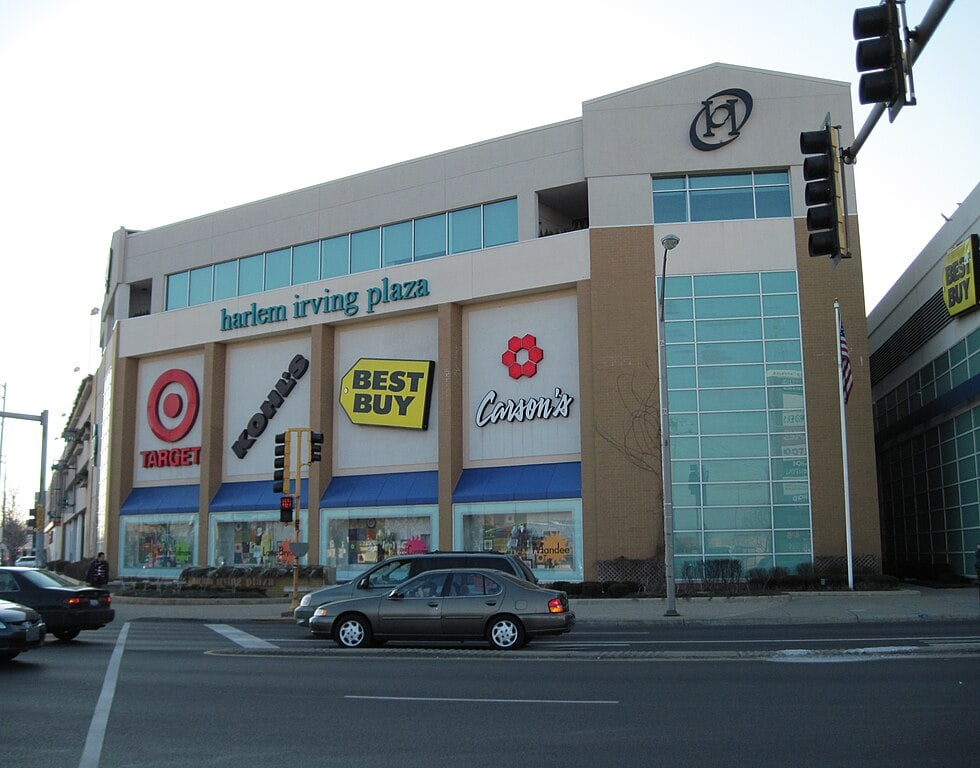
I really missed shopping there it was a great family shopping experience for us.



Lincoln Mall was a marvelous hub for quality family time spent shopping, and its closure has certainly left a void in the hearts of many.
J c penny still open. Drove by there going to chase bank ising the connecting road from cicero to rt. 30.
Thanks for the information about the JCPenney store. It looks like they couldn't find a buyer for their building.
I know this is an very old tread but I just visited the area and found the south of Cicero business corridor has many closed large stores such as Best Buy, Wendy's and a former Pizza Hut building empty,
Do you think their failure was the result of the failure of the mall or is something nefarious happening in the city>
That’s a great question. It could be a mix of factors, but the mall’s struggles probably didn’t help the surrounding businesses. Thanks for sharing your observations!